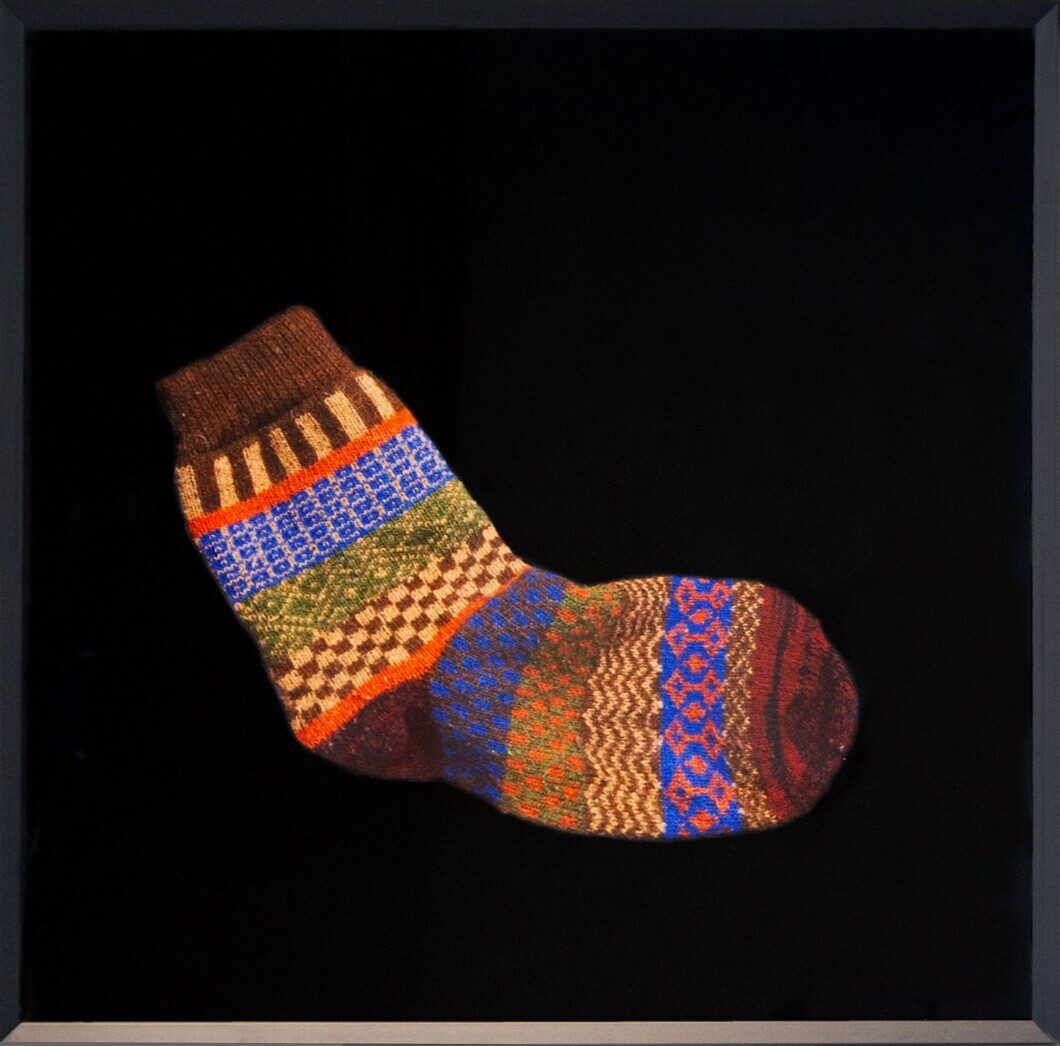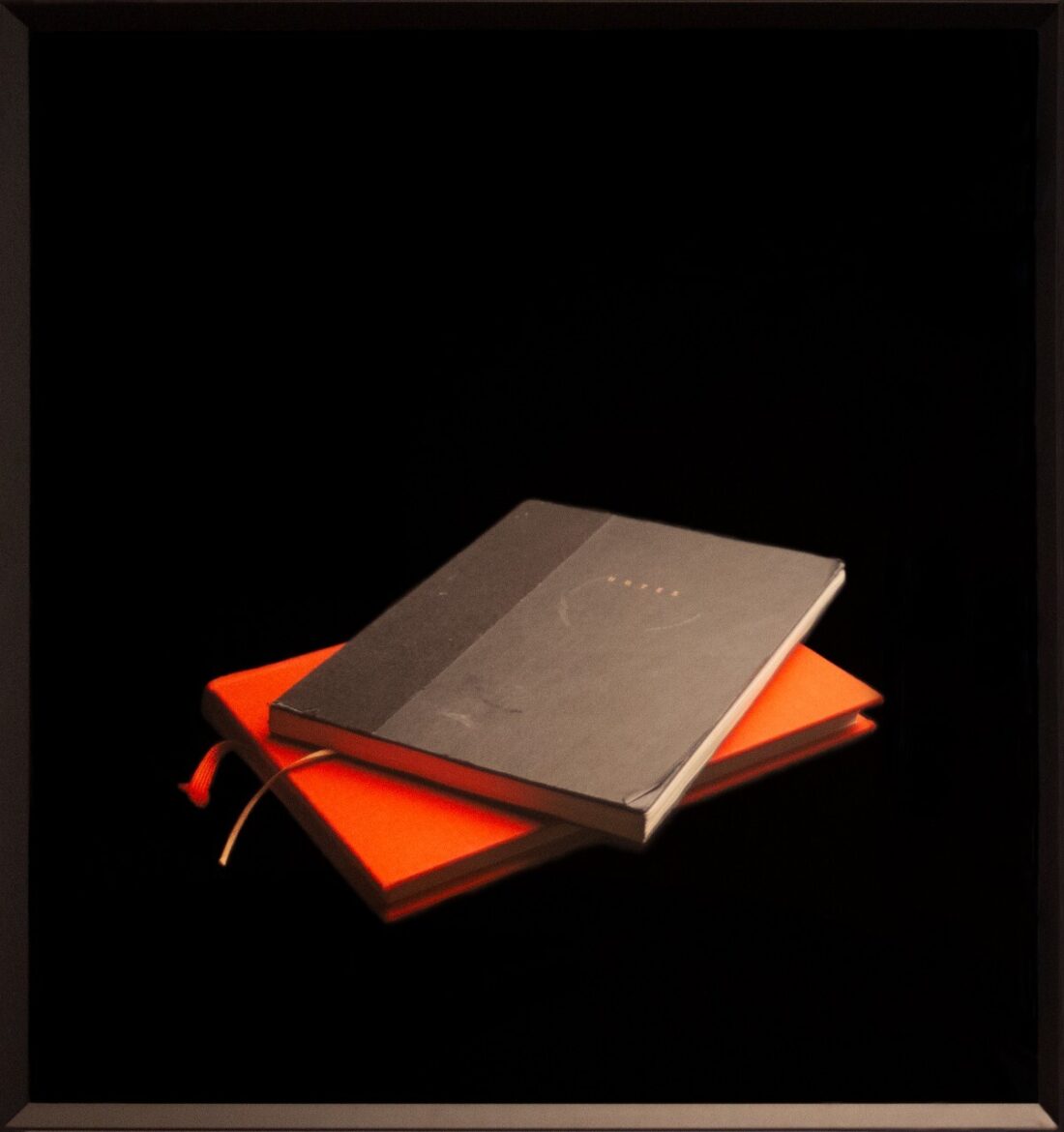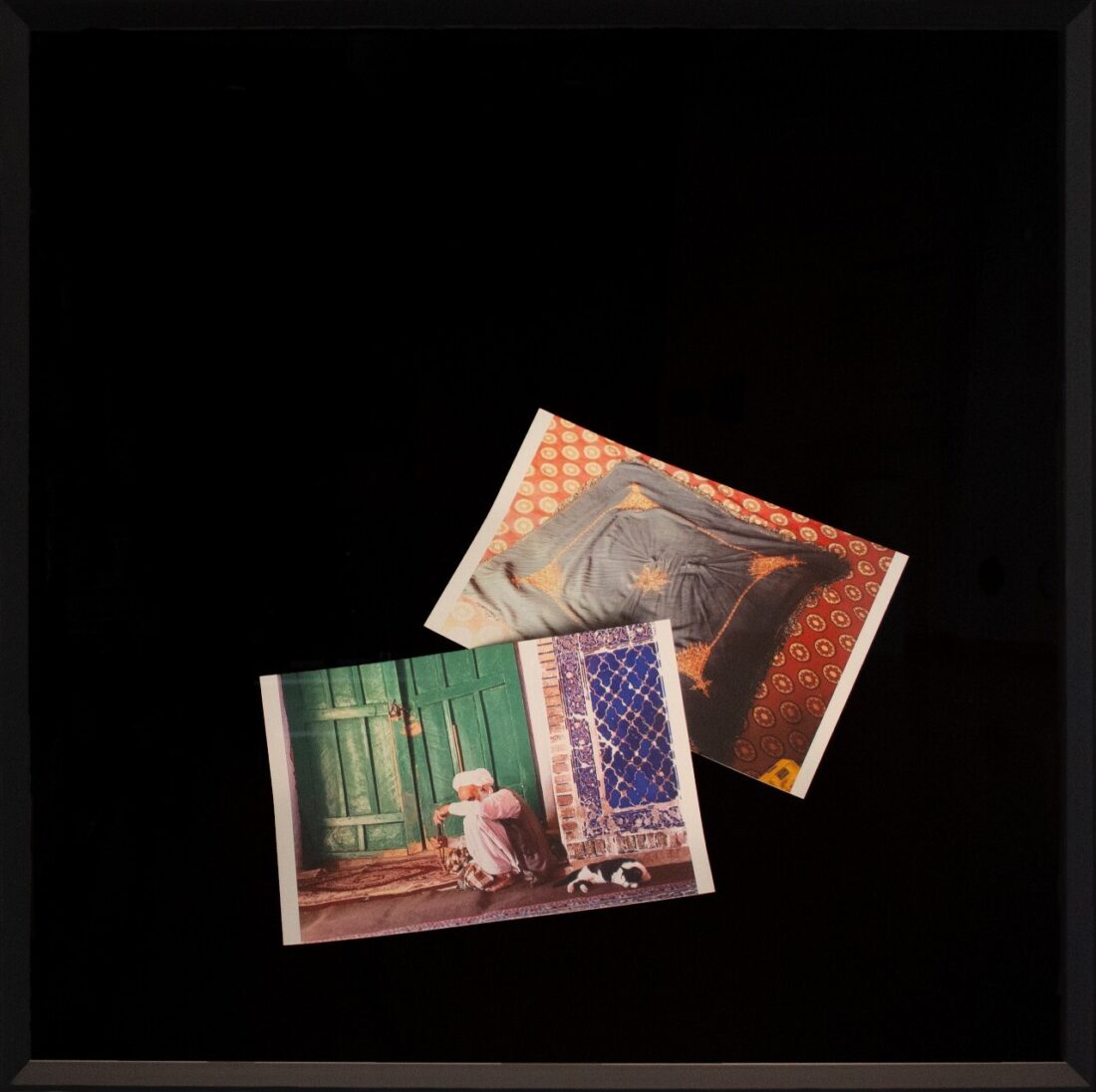
Mission and Partnership
Academy in Exile (AiE) supports cultural producers and scholars in the humanities, arts, social sciences, and law who are at risk because of their academic work and civic engagement in human rights, democracy, and the pursuit of academic freedom. Since its founding in 2017, AiE has created 76 hosting arrangements through two-year fellowships, emergency stipends, artist-in-residence fellowships, and guest professorships. Recipients are able to resume their careers in Germany, where they can conduct their own projects at liberty.
AiE provides sanctuary to cohorts of intellectuals and cultural producers so as to conserve and amplify knowledge and cultural production with the aim of holding this in abeyance until it can be of renewed benefit to its countries of origin. Publication assistance, exhibitions, conferences, colloquia, professional development workshops, curriculum development, language classes, legal support, and artist residencies are among AiE’s diverse offerings. At the same time, AiE fellows’ work enriches the intellectual and cultural landscape in Germany, helping to advance critical thinking and creative expression.
Based at TU Dortmund University, AiE falls under the umbrella of UA Ruhr, which leverages strengths in the humanities and social sciences to create unique opportunities for international academic cooperation. The Ruhr region, like Cincinnati, was a center of migration, as well as coal and steel production. Both areas have undergone transformations in recent decades, with mines and mills being closed and replaced by other industries. In Cincinnati and the Ruhr, there has been a shift towards more knowledge-based sectors. The recent influx of migrants and refugees poses new challenges for tertiary education and the employment market in the humanities and other disciplines.
As strategic partners, UA Ruhr and the University of Cincinnati have come together for various projects. With the recent AiE exhibitions, symposium, panel discussion, and expert workshop at the University of Cincinnati, Goethe-Institut New York, and the German Center for Research and Innovation’s (DWIH) Future Forum, we have contributed to a deeper understanding of the challenges and opportunities of forced displacement and migration, fostered dialogue and exchange between disparate communities, and promoted cross-cultural, interdisciplinary, and transnational collaborations, including with the Consortium of Humanities Centers and Institutes (CHCI).

Scope
With the support of UA Ruhr Executive Director, Priya Nayar, and the University of Cincinnati Director of School of Art in College of Design, Architecture, Art, and Planning, Kate Bonansinga, and University of Cincinnati International Strategic Programs Executive Director Jenni Kim Sutmoller, AiE exhibited What We Brought with Us at the University of Cincinnati’s Philip M. Meyers Jr. Memorial Gallery (5 September–22 November 2023). Bonansinga worked with Photo Lab Inc. in Cincinnati, Ohio to print and frame the eighteen photographs in the exhibition. Located centrally, the Meyers Gallery is in the hub of student life on campus, offering possibilities for student engagement with the arts and the topic of forced migration. The exhibition, co-curated by AiE Associate Director Vanessa Agnew and Annika Roux, with photographs by Jobst von Kunowski, showed images of things AiE fellows took with them when fleeing. The images were accompanied by short narratives that explained the symbolic and literal value of their possessions.
With the support of Aaron Cowan, Director of University Galleries and the University Fine Art Collection, the eighteen framed photographs comprising the exhibition What We Brought with Us is under consideration by the University Fine Art Collection Accession Committee for accessioning into the University of Cincinnati’s permanent collection. Additional selections of images are on display at the University of Cincinnati Law School and at the Taft Research Center. These images were also produced by Photo Lab Inc. in Cincinnati.
The exhibition was accompanied by a symposium called Humanities in Exile (17 October 2023) as part of a series, Humanities at Risk, organized by the University of Cincinnati’s Charles Phelps Taft Research Center, under the directorship of CHCI Board Member, Amy Lind. The symposium created a forum for community engagement as well as regional and transnational discussion on the possibility of setting up a scholars-at-risk program in Ohio. Participating in the symposium were faculty from UC, Xavier University, and AiE/TU Dortmund, as well as AiE fellowship-holder, Fatemeh Rezai.

Additional Outcomes
Catalogues were prepared and printed by AiE to accompany each exhibition. A book with scholarly essays and an expanded version of What We Brought with Us will appear with Transcript Verlag in paper and open access in early 2024.
What We Brought with Us is now accessible on UA Ruhr’s Artwalk platform, where it forms part of the initiative on academic freedom and “Art as a catalyst of global understanding”.
In New York City, a separate version of What We Brought with Us was shown at the Goethe Institut New York (18 October–15 November 2023). A panel discussion entitled “Objects of Resilience: Exploring the Symbolic Weight of Refugee Things” (Vanessa Agnew; CHCI Board member and AiE Director Kader Konuk; Kate Bonansinga/University of Cincinnati; and Ulrich Baer, CHCI member/New York University) kicked off the opening of the exhibition.
The Goethe-Institut exhibition of What We Brought with Us will travel to Denison University, Ohio, in 2024. It is also proposed that the exhibition be shown at Xavier University, further cementing regional collaboration around the topic of forced migration and support for at-risk scholars.
A digital version of What We Brought with Us was shown at the Night Lab event sponsored by the DWIH’s Future Forum 2023 (New York City, 20 October 2023), which invited German and US researchers, scientists, entrepreneurs, innovators, and experts to share ideas, debate differences, and exchange experiences on the topic of “From Crisis to Resilience”. The digital exhibition was shown together with Fatemeh Rezai’s photographic collection, Identity Cards, which deals with the effect of migration documentation on Afghans in Iran. Rezai, along with AiE team members, Egemen Özbek and Annika Roux, engaged with members of the public around the theme of “resilience” and the meaning of “home” at the Night Lab event.
A separate Transatlantic Working Group for At-Risk Scholars event, entitled Navigating Displacement: Sharing Knowledge and Strategies for Fostering Resilience (20 October 2023), was curated by UA Ruhr and AiE, in cooperation with the German Center for Research and Innovation (DWIH) New York to bring together stakeholders from Germany and the US in order to explore best practices, exchange ideas, and promote dialogue between academic institutions and multinational funding organizations in their support of at-risk and displaced scholars.
In sum, the exhibitions and associated events generated opportunities for scholarly collaboration on issues related to scholar mobility, academic freedom, and artistic production by forced migrants. The various events and exhibitions gave voice to the exilic experiences of threatened scholars and created possibilities for artistic and intellectual exchange between the academy, stakeholders, and the community at large.
Links